Witness trees are quite an amazing phenomenon. As the name suggests, these are plants that have existed since a particular time and in a place where an event of interest also occurred.
As it pertains to the TBR, such trees would have had to live through the war but also the surge of ‘progress’ and development that ensued thereafter. In the tropics, however, it can be difficult to judge the true age of a tree; they grow so fast. For example, there are some very large trees in and around the Don Rak CWGC cemetery, but they all date to the post-war period. One of the best ways to more accurately show that a tree witnessed the events in question is to have a photo or at least a description of the tree as being present. We have such a description that LTC Tharp buried parts of his diary at the ChungKai camp under a tree. There are at least 4 candidate trees that exist today, but we can’t pin-point Tharp’s.
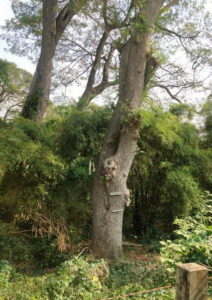
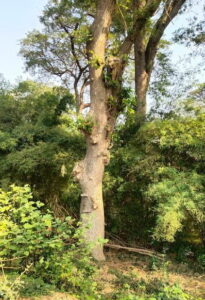
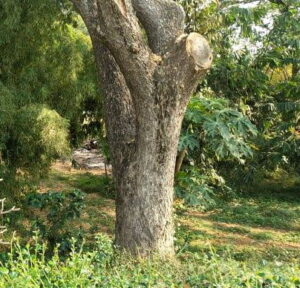
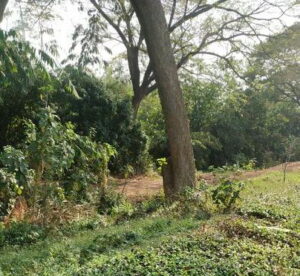
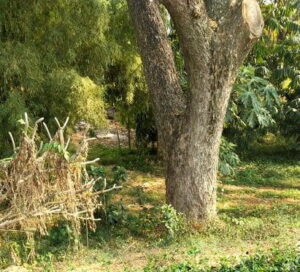
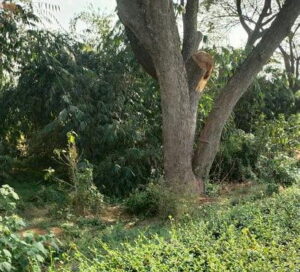
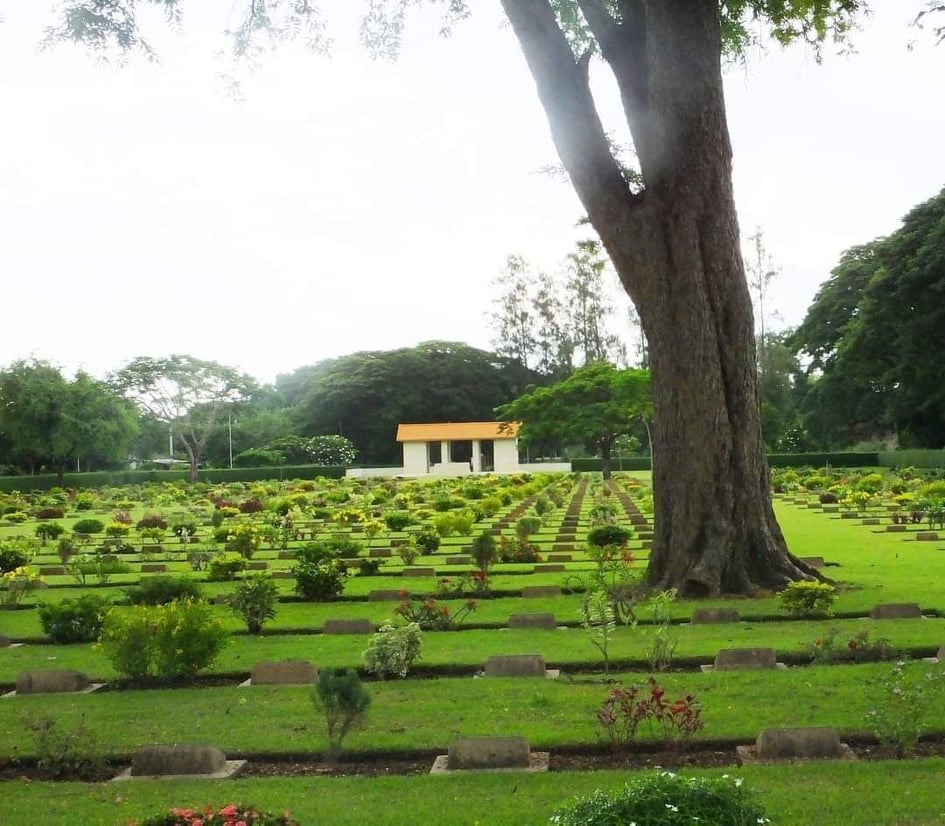
At NongPlaDuk, there is a huge candidate tree near the train station. It is apparently shown in a period photo near the 0 Kilo marker for the TBR. The sheer fact that it survived the many bombing raids is quite amazing. Someone needs to examine it with a metal detector.
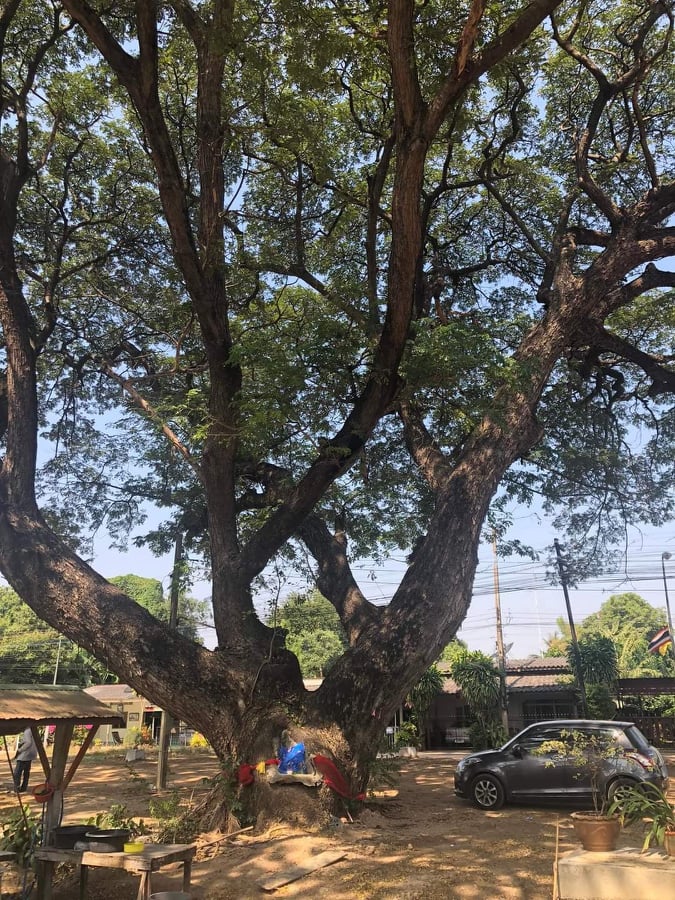
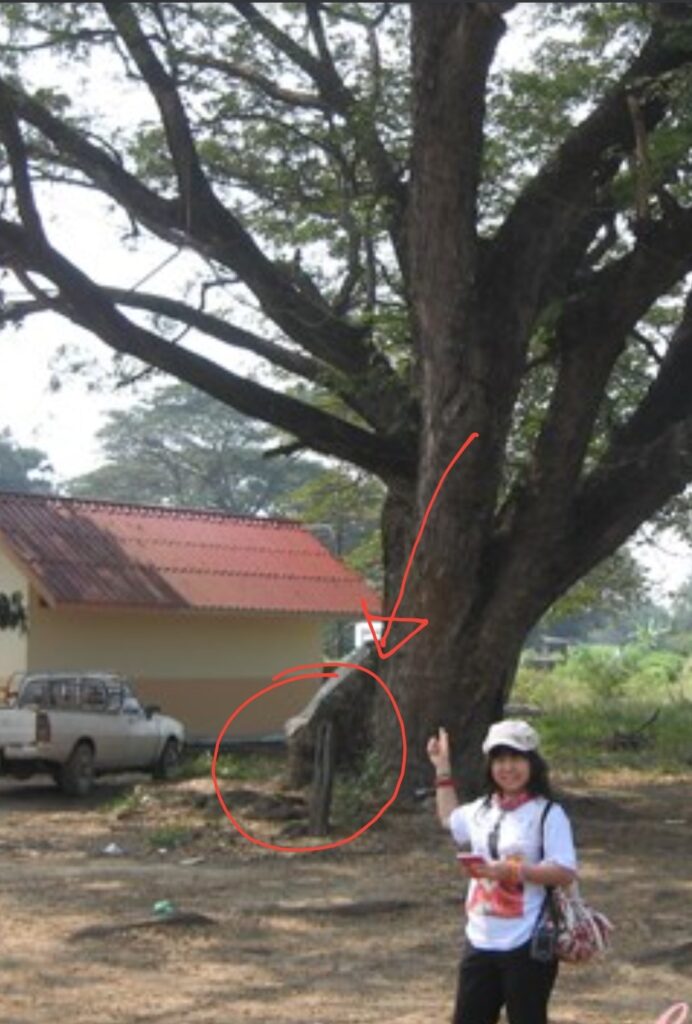
There are also three candidate trees near the proposed romusha memorial at Wat Yuan. We have only a witness testimony that they are over 50 years olds to date them a possible witnesses to the events that unfolded in the 1940s and 50s there.
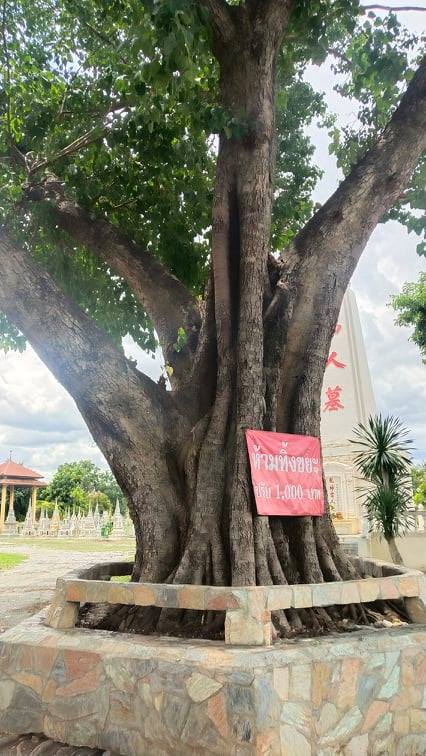
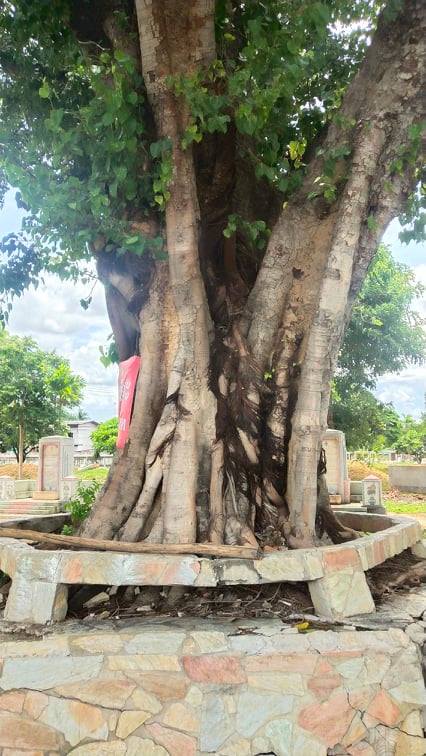
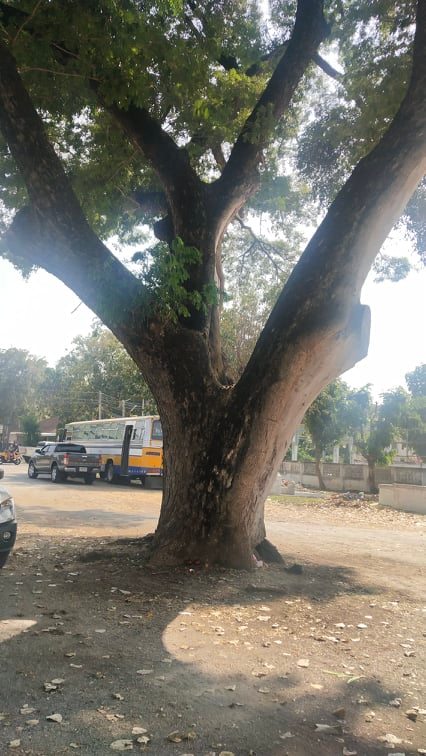
Such protected areas are the best places to locate an actual witness tree. Many others undoubtedly were felled over the ensuing decades. Some would have died naturally; others simply stood in the way of progress and urban development.
It is also quite possible that many trees along the path of the TBR are silent witnesses to the horrors of the camps and conditions of the TBR build. We know that in many (most?) cases, no one took the time to bury romusha workers who died in those jungles. One group of US POWs describe finding a dying ‘dark-skinned man’ sitting under large tree. They stopped and debated whether to help but they were afraid that he had cholera. They left him some water in a make-shift bamboo cup and continued their task of delivering supplies to a highlands camp. Some weeks later, on their return leg they passed his partially skeletonized remains in that same place. That tree, if it still exists is his grave marker.
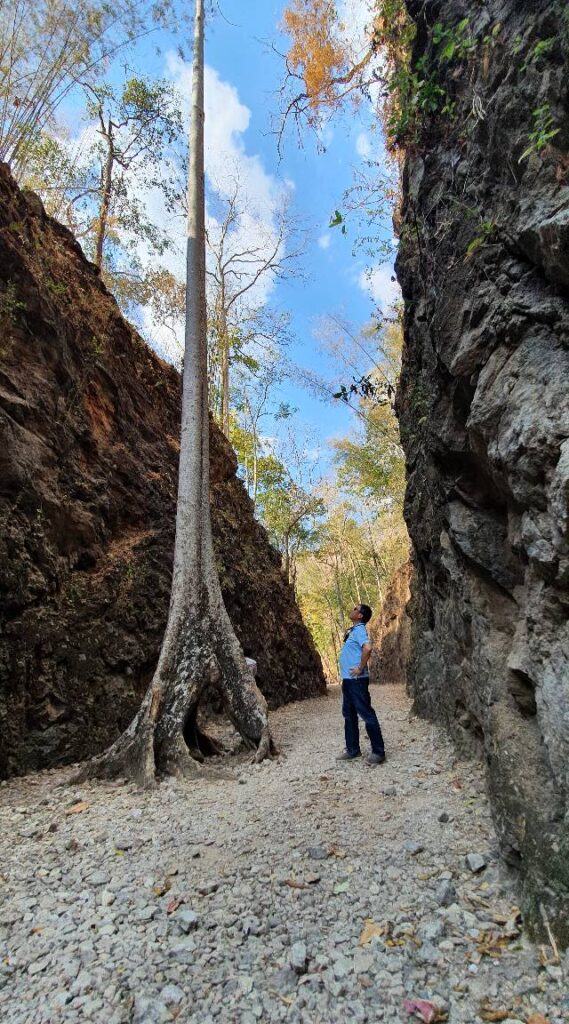
The tree in the above photo is one of the most photographed in the area. It grows in the bed of the HellFire Pass cutting, but is definitely NOT a true witness tree.
